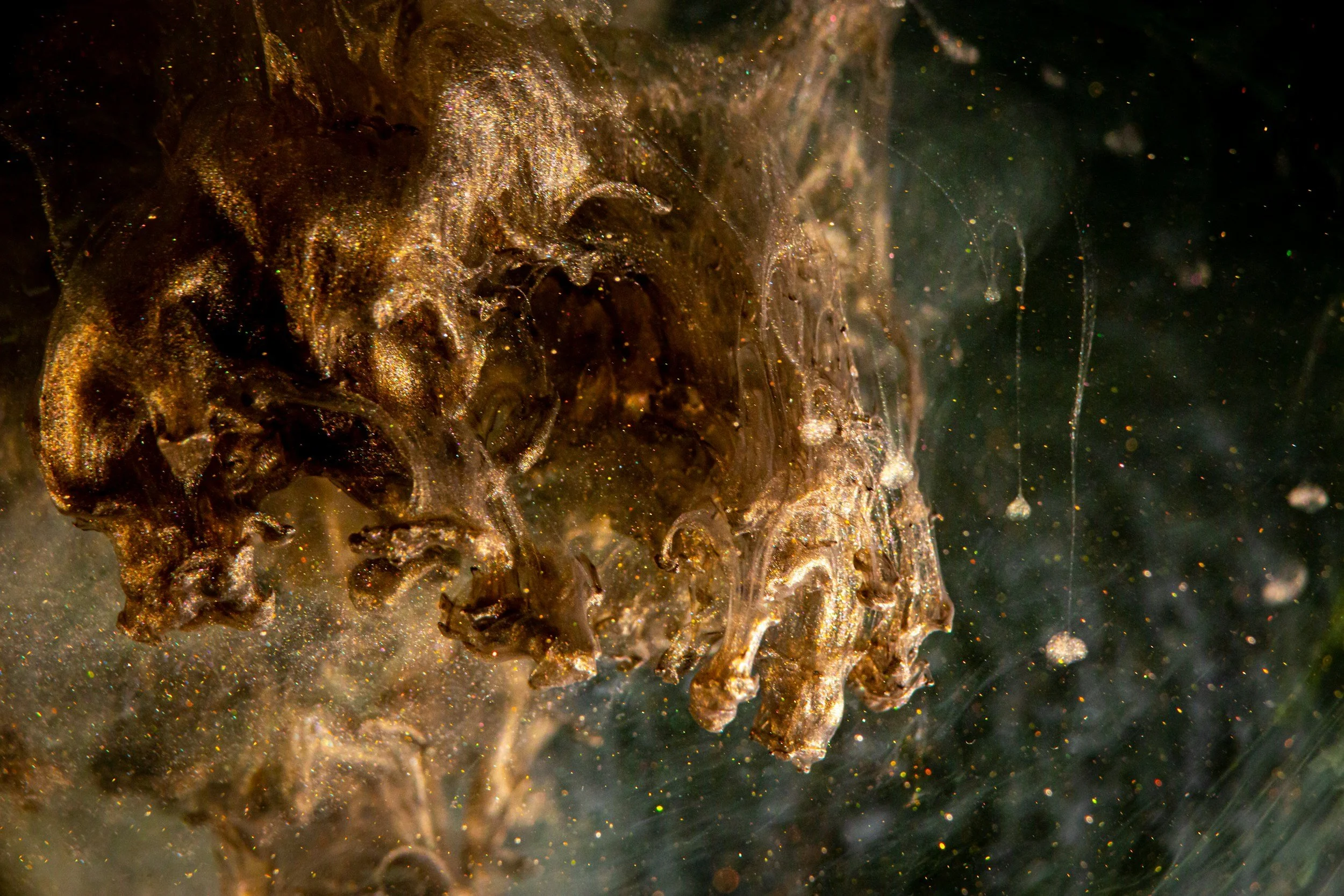Uncover the Mission Critical
“In a VUCA world, anyone’s voice can be mission critical.” - Amy Edmondson
“On August 5, 2010, 700,000 tons of some of the hardest rock in the world collapsed in Chile’s century-old San Jose mine. The collapse buried 33 miners at a depth almost twice the height of the Empire State Building — over 600 meters (2,000 feet) below ground. Never had a recovery been attempted at such depths, let alone in the face of challenges like those posed by the San Jose mine: unstable terrain, rock so hard it defied ordinary drill bits, severely limited time, and the potentially incapacitating fear that plagued the buried miners. Could the trapped miners and rescue workers mobilize before air and resources were depleted? The ensuing efforts would draw the attention and resources of countless people in Chile and around the world — and theirs would become a story of human survival, ingenuity, and hope facing the most desperate of circumstances.”
So begins the HBS case that opened today’s discussion. Needless to say, the stakes couldn’t be any higher. As those who watched the global news story unfold in real time back in 2010 now know, all 33 men were historically rescued after being trapped in the mine for an unthinkable 70 days. The case itself offers countless lessons on leadership, teamwork, risk, and innovation.
I wanted to highlight one little-known aspect of the story, to which the opening quote alludes. Because of the unprecedented nature of the challenge, the rescue team (wisely!) decided to pursue multiple drilling and rescue strategies in parallel. I was blown away to discover that the unlikely technology (“cluster hammer technology,” code named “Plan B” at the time) that ended up being successful actually came from a 24-year-old field engineer named Igor Proestakis. He suggested the solution to team leader Andre Sougarret, an engineering veteran with over 20 years of experience. Sougarret had been chosen in part because of his “exceptional ability to listen and reach conclusions after listening to all sides, and a tendency to speak frankly with everyone whether they are above or below his authority.” As Proestakis later said, “Sougarret was incredible. If you look from his side, this was probably the most important job of his life, and despite my experience and age, he listened to me, asked questions, gave it a chance.”
Edmondson’s point (“In a VUCA world, anyone’s voice can be mission critical…”) is well-taken: in times of rapid technological change, the knowledge of the best strategy is likely not evenly distributed, and likely distributed according to organizational hierarchies. New folks see challenges differently, and ask particularly useful questions. Recognizing that information that might be deemed “mission critical” can come from anywhere in the organization, exceptional exploratory leaders (like Sougarret) create space for relatively inexperienced folks to contribute to decisions and supply intelligence.
Related: the novice who designed the stealth bomber @ Skunk Works
Related: the novice who launched Beeple’s “Everydays” @ Christie’s
Click here to subscribe to Paint & Pipette, the weekly digest of these daily posts.










Here's what I've noticed over the past year. (And yes, I include myself in this.) Leaders are really good at telling their teams to embrace AI. They're much less good at embracing it themselves.